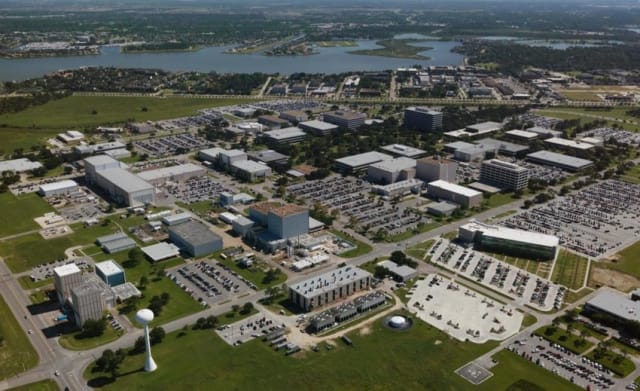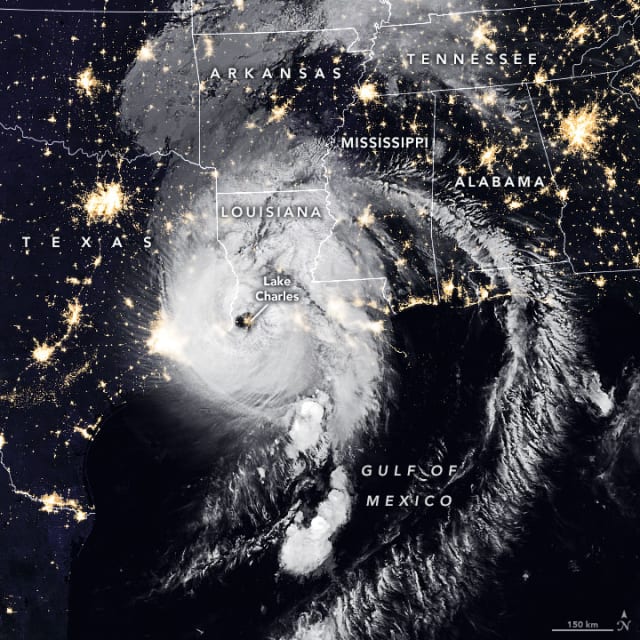Some of NASA’s most important space mission infrastructure and command operations are located at the Johnson Space Center in Houston, Texas. The facility often has to conduct its operations in the face of severe weather—like tropical storm Laura.
NASA temporarily closed the Johnson facility, which runs the agency’s International Space Station (ISS) operations, on August 26. A small “ride-out” team of essential personnel stayed behind to look after the center’s utility systems and monitor the storm; this team was replaced by a recovery team after the storm passed.

A small group of mission-critical personnel were relocated ahead of the storm to the agency’s backup control hub, the Columbia Scientific Balloon Facility, 200 miles inland in Palestine, Texas. In addition, a complete team of flight control staff geared up at the Marshall Space Flight Center in Huntsville, Alabama. This team would assume control of ISS systems over the long run should Johnson or its backup be unable to provide that support.
This is a plan that NASA has implemented before. The agency has thoroughly mapped out its emergency preparedness and shutdown plans, and practices them every year to stay ready for hurricane season.

One of Johnson’s ISS operations control rooms.
But this time, there’s a new twist—COVID-19. The Johnson Space Center had a plan for that, too. In the past, employees would be asked to return to the office to protect equipment, for example covering their computers with a plastic bag in case a window breaks and water gets in. This time they were asked not to do so to avoid potential exposure to COVID-19. Staff were also warned that, due to the pandemic, emergency supplies and alternate accommodations were more difficult to come by.
And the center had already gone through the transition to telework due to the pandemic.
“What we are able to accomplish through teleworking, and what we have to do as essential on-site work now, will not really be as impacted as you might think,” said Joel Walker, Director of Center Operations at Johnson. “The plan considers not being able to do essential work on-site.”
What that means is that, while the center braced for the storm, NASA anticipated no impact on ISS functions or on the safety of the three-astronaut crew on board the station.
[embedded content]What Johnson Space Center was up against: Tropical Storm Laura.
The Johnson Space Center has faced down hurricanes before, and was shut down for two weeks due to flooding caused by Hurricane Harvey in 2017. NASA is working to bring Johnson back to normal operating configuration as it comes out of its bout with Laura in a good position to resume its cutting-edge operations.
Read more about how COVID-19 is impacting the response to severe weather at COVID-19 Complicates Climate Disaster Relief Efforts.


























